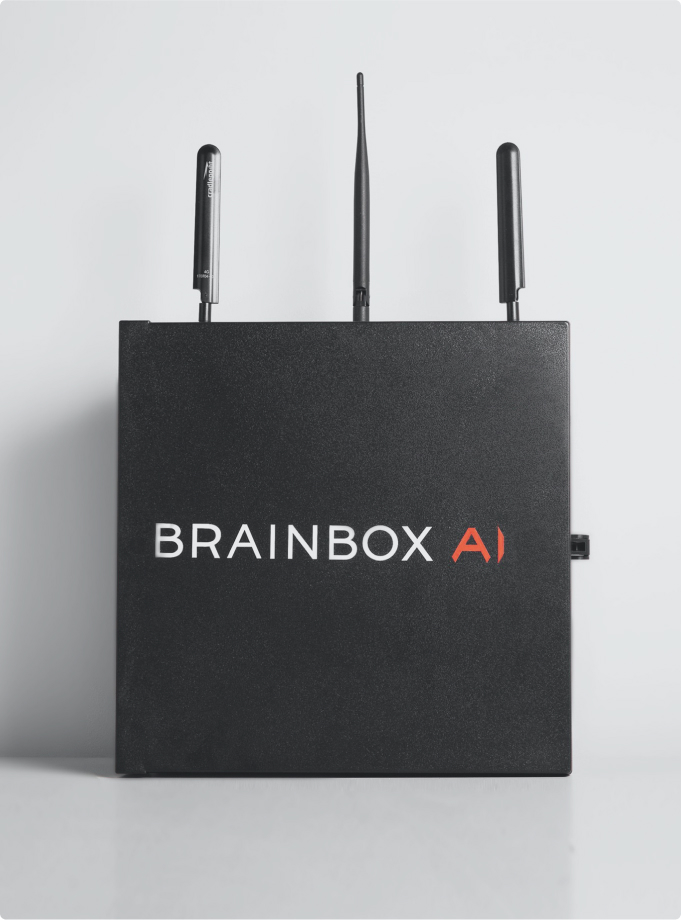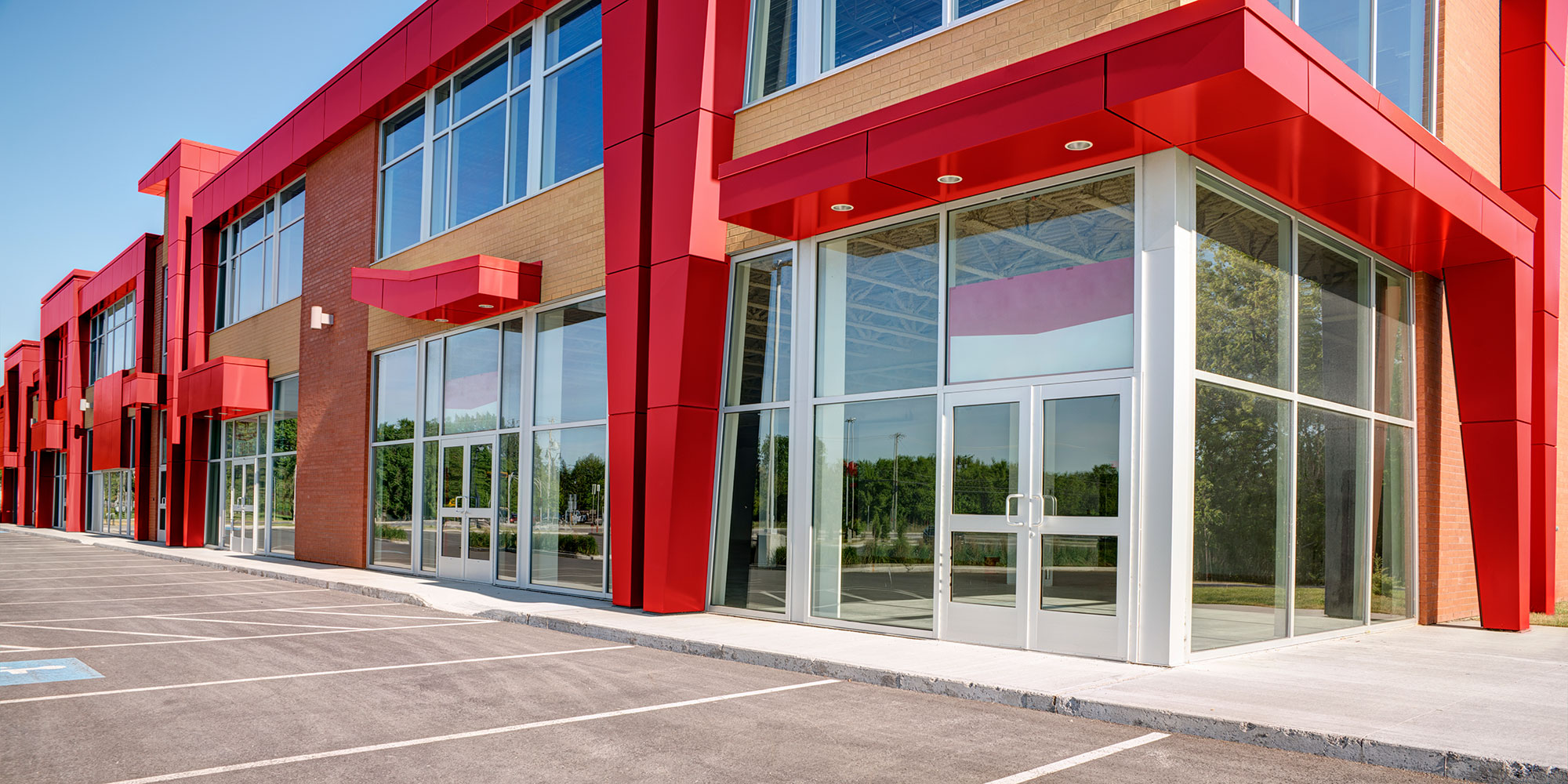5 Reasons Commercial Buildings Consume So Much Energy

5 Reasons Commercial Buildings Consume So Much Energy
When you think about the biggest contributors to the global climate crisis, what comes to mind? Is it images of tall smokestacks and crowded highways? While you wouldn’t necessarily be wrong (those are sources of pollution), did you know that one of the largest sources of carbon dioxide emissions is actually buildings?
In fact, the United Nations Environment Program cites buildings,as well as their construction, as being responsible for 36% of global energy consumption. In the United States, the number is as high as 40%.
Why commercial buildings?
Before we go any further, let’s get clear about what exactly we mean when we talk about “commercial buildings”. Commercial buildings can include but are not limited to offices, educational institutions, healthcare facilities, hotels, and retail businesses.
It’s not hard to imagine why commercial buildings consume so much energy when we consider that they function like miniature indoor cities. Not only do they have large open spaces and an array of zones and rooms, but they also tend to host large-scale infrastructure that demands considerable energy. Combine this with the fact that an estimated 30% of commercial energy is wasted, and you have a recipe for colossal energy use.
5 main sources of energy use in commercial buildings
1. Lighting
Lighting makes up a significant portion of energy use in commercial buildings, and there are several reasons for this. Not only is lighting a universal need found across all varieties of commercial buildings, but illuminating a commercial space also tends to involve a large number of bulbs,depending on the size of the building. Plus, you could argue that there’s more oversight when compared with residential set-ups — it’s not always a habit to turn off the lights when you leave a commercial space like it is when you exit a room in your own residence.
In addition to this, some businesses may decide to leave their lights on for many hours at a time (or indefinitely) as a security measure. Lighting has become more efficient over the years, and is often the first place that companies look if they’re trying to cut back on energy costs — but it’s still as strong and omnipresent as ever.
2. Plug loads
The concept of office tech isn’t new. For example, computers first made an appearance sometime in the 1950s and then increased in popularity throughout the 1970s.
However, there’s no denying that we’re plugging more electronics into the wall than ever before. Not only are our office buildings full of computers, but also monitors, printers, physical servers, and let’s not forget about our espresso machines — the list goes on.
Office buildings aren’t the only culprit of a high plug load. Consider a healthcare facility that uses intensive monitoring tools and medical devices. While these devices have made great strides in improving the wellbeing and health of patients, they also take a lot of energy to power.
3. HVAC: cooling
In order for us to perform our best work, we need to be in a climate-controlled room. In many places around the world, this means relying on air conditioning for at least some of the year — and with global temperatures rising, the need for air conditioning is only set to increase with time. It makes sense, then, that up to a staggering 45% of a building’s energy system comes from their HVAC system, which includes air conditioning.
Most modern air conditioning systems have a dual job: cooling the air and removing excess moisture. The air conditioning units that are used in commercial buildings must also be powerful enough to sufficiently alter the temperature of a wide area, and this is no easy feat.
4. HVAC: heating
Like cooling, a sophisticated heating system is essential in commercial buildings. The most common commercial heating systems include boilers, heat pumps, and commercial gas water heaters (in either storage or tankless formats).
Some buildings may need stronger mechanical heating systems than others due to something called the building envelope (a fancy way of referring to the barrier that is present between an interior space and the outdoors). However, you’d be hard pressed to find a building that doesn't have to rely on mechanical heating at all.
One of the problems with a heating system is that the required levels will change depending on the number of people present in the building at a given time. And, since humans tend to come and go as we please, this number can change considerably throughout the day. This makes the concept of heating a building to a standardized level a highly inefficient practice.
5. HVAC: ventilation
Proper ventilation is of crucial importance in any indoor environment — especially in one that is shared by many people. But did you know that there is actually a lot of energy that goes into providing efficient ventilation within a building? Unlike the other factors on this list, ventilation is not something that we see or feel every day, so it’s easy to unintentionally ignore its presence.
The quality of a building’s ventilation can partially be determined by its design or by natural ventilation (windows), but in some cases, it might be necessary to bring in mechanical ventilation. These systems include fans and air circulation systems which work by discarding used air and replacing it with fresh air from the building’s exterior. This air transfer constitutes a significant source of energy since all of the new air that enters a building must be heated or cooled to maintain desired indoor temperatures.
Sustainable solutions for a greener world
As we move forward, one thing is clear. While the way that we use commercial buildings may be changing, they’re a source of congregation and will not be going anywhere anytime soon. In fact, our cities are only forecasted to grow larger each year. So, how can we make our buildings function in a more efficient way that is better for our planet?
BrainBox AI uses predictive AI to analyze the patterns associated with a building’s energy use. While an efficiency audit was once only accomplished through human invention, the fact is that physical inspections and subsequent retrofits are costly and time-consuming.
As buildings age and the focus moves to improving existing structures and constructing “smart” technology-enabled buildings, it’s more important than ever to focus on ways to minimize energy use. BrainBox AI’s proprietary software works by performing a full energy analysis every five minutes, identifying areas for tweaking that will help improve human comfort levels as well as energy efficiency.
Learn more about how BrainBox AI is shaping the energy consumption of commercial buildings.











